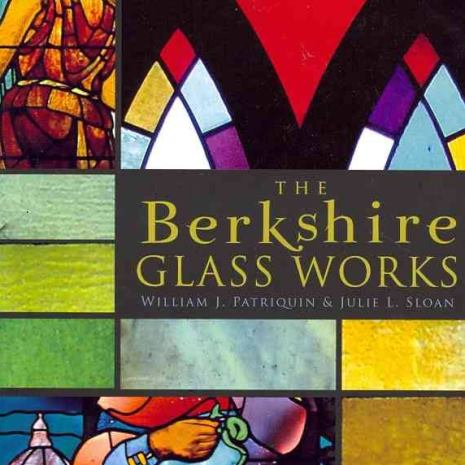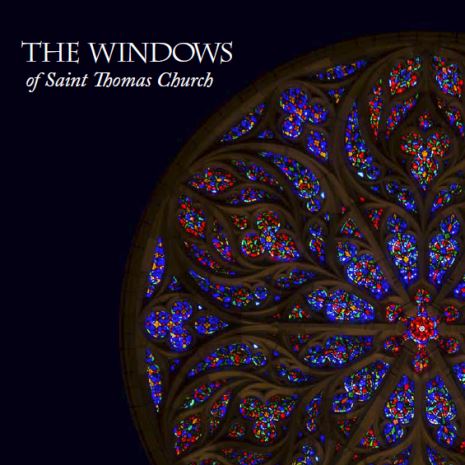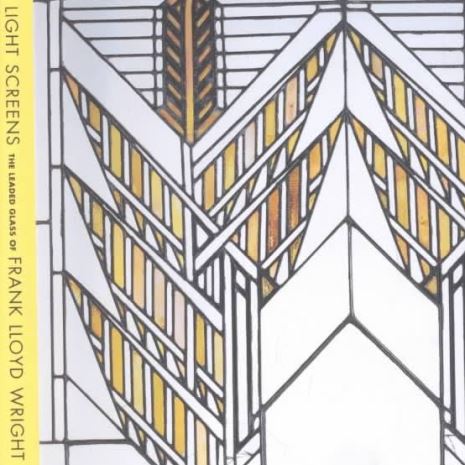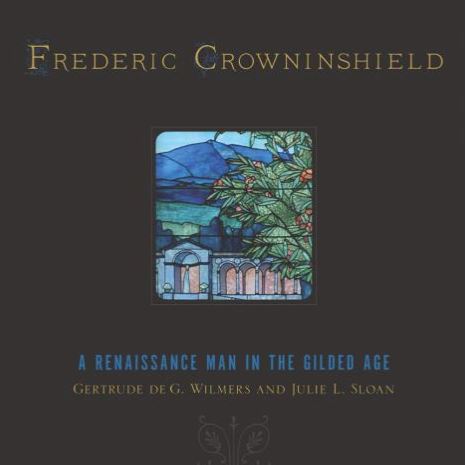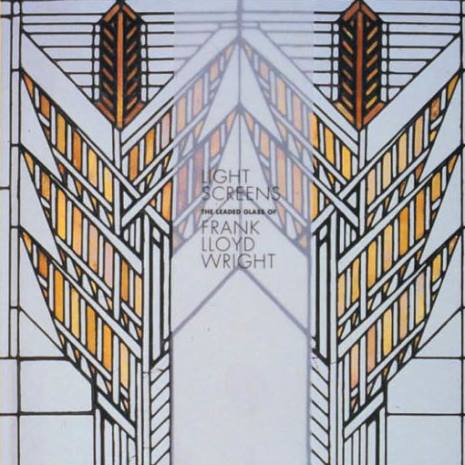Artistry in glass: Tour of Frank Lloyd Wright - Grand Rapids
Artistry in glass: Tour of Frank Lloyd Wright creations comes to GR
The Grand Rapids Press; Grand Rapids, Mich.; Oct 7, 2001; Jeffrey Kaczmarczyk / The Grand Rapids Press;
Abstract: It's the largest collection ever assembled of Wright's "paintings" in glass and the first to survey the entire 37-year span of Wright's work with leaded glass.
Though his older 19th-century contemporaries, Louis Comfort Tiffany and John La Farge, are better remembered today for their stained glass, Wright's work with leaded glass was a significant part of his creative output.
"He got his way largely because he was stubborn," said [Julie L. Sloan], who has studied Wright's glass for nearly 20 years and who wrote the catalog for the exhibition.
Full Text: Copyright Grand Rapids Press Oct 7, 2001
Light glints off the gold leaf cames in the leaded-glass windows. Through the clear panes, leaves can be seen rustling in the breeze beyond.
The windows are in the Grand Rapids Art Museum, but none offers a glimpse of the historic St. Mark's Episcopal Church nearby or busy Division Avenue.
Rather, the view is into the imagination of Frank Lloyd Wright through an exhibit of his windows.
The architect, famous for designing everything down to the finishings, created the windows through which a building's occupants looked out to the world. The windows are considered works of art.
"Wright was a brilliant designer," said Celeste Adams, museum director. "The designs are so balanced and elegant, they become like paintings."
"Light Screens: The Leaded Glass of Frank Lloyd Wright," GRAM's major fall show, will open Friday and continue through Jan. 6 with accompanying exhibitions, lectures, concerts and other events.
It's the largest collection ever assembled of Wright's "paintings" in glass and the first to survey the entire 37-year span of Wright's work with leaded glass.
Grand Rapids is the only Midwest stop for the touring exhibition, which opened in May in New York City and closes in July 2003 in Washington D.C.
Some 50 windows Wright designed for offices, hotels and private homes will be displayed in the show organized by Exhibitions International with the Frank Lloyd Wright Foundation.
Though his older 19th-century contemporaries, Louis Comfort Tiffany and John La Farge, are better remembered today for their stained glass, Wright's work with leaded glass was a significant part of his creative output.
"His approach to it as architecture is so different from almost any other stained-glass artist you can name," said curator Julie L. Sloan, a stained-glass scholar and an adjunct professor of historic preservation at Columbia University.
From 1885 until 1923, Wright designed about 163 buildings intended to have leaded, decorative windows. His average-sized homes typically had about 45 windows, but he designed more than a thousand windows for such buildings as the Imperial Hotel in Tokyo (1922).
"The windows were the last thing he did, and the window schemes were original to each house," Adams said. "He never repeated a window."
Working mostly in clear glass with touches of color, Wright fashioned elaborate geometric shapes that imposed a pattern on the observer's view of the outside world looking through the window.
Inspired by traditional Japanese architecture and Japanese shoji screens that slide open like moving walls to admit outdoor light, Wright called his designs "light screens."
The original windows didn't always meet the approval of his employers -- at least at first.
"He got his way largely because he was stubborn," said Sloan, who has studied Wright's glass for nearly 20 years and who wrote the catalog for the exhibition.
The Wright windows will be displayed in front of light boxes designed and built by Steelcase Inc. Featuring artificial trees and electric fans to set the leaves in motion, the boxes provide both illumination and a view for the windows.
"It's a very effective way of giving the impression of looking through the window to the outside," Sloan said.
The exhibition includes photographs of the buildings, facsimiles of Wright's preparatory drawings and architectural models.
The multimedia aspect of the show includes a video filmed especially for this exhibition plus an audio tour recorded by Wright's grandson, California architect Eric Lloyd Wright.
"Light Screens" draws upon windows in public and private collections from such structures as the Susan Lawrence Dana House in Springfield, Ill., the Avery Coonley Playhouse in Riverside, Ill., the Hollyhock House in Los Angeles, and the Meyer May House in Grand Rapids.
Many of Wright's buildings have been demolished. Other surviving buildings have lost windows due to damage or removal.
"The number of windows that survive in the houses are a mere fraction," Sloan said. "But many of the windows do survive in collections."
Because Grand Rapids is the only tour stop in the region, Wright admirers from cities such as Chicago will have to come to here to see it. In fact, a two-day symposium on light in architecture, organized by the Grand Rapids Art Museum with the Art Institute of Chicago and the Chicago Architecture Foundation, will be Oct. 23 in the Art Institute and Oct. 24 at GRAM.
Steelcase is the national sponsor of the traveling exhibition. It also is the grand patron, with the Wege Foundation, of the GRAM exhibition. Principal underwriters are the Frey Foundation and Fifth Third Bank.
The exhibition promises an original look at the work of the famous American architect and designer.
"Wright was a complete original," Adams said. "It was there from the beginning. It was there right away."
Sub Title: [All Editions]
Start Page: E1
Personal Names:
Wright, Frank Lloyd
Adams, Celeste
Sloan, Julie L
Reproduced with permission of the copyright owner. Further reproduction or distribution is prohibited without permission.


